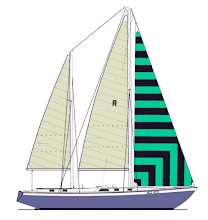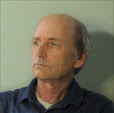Tuesday, April 28, 2020
Floating 1st Surface Mirror Project for Davis Artificial Horizon
1. Cut 3/4" Styrofoam to 5 3/4' x 3 1/2"
2. Cut 3" x 3" rubber nonskid and center on top of styrofoam.
3. Pin 1/8" ball pins on all sides of each corner to fend float away from reservoir sides.
4. Place a 3" x 3" 1st surface laser bounce mirror mirrored side up and centered on rubber nonskid.
5. Install in reservoir filled with 10mm of water then cover with clear glass wind shield.
6. Set assembled artificial horizon onto an 8" Lazy Susan for easy 180 degree rotation.
https://www.ebay.com/itm/Plastic-Spinner-Lazy-Susan-Turntable-Organizer-Spice-Table-Cake-Pantry-Display/273939076319?hash=item3fc80a94df:m:mSgqai9PcGqJIxkOz0KBmDw
https://www.ebay.com/itm/First-Surface-Mirror-3-Square-3x3-aluminized-1-8-glass-FS-FSM-front/184261133642?hash=item2ae6d1c54a:g:s5AAAOSwN81WDBDR
A precise observation requires averaging a sight both ways across floated mirror. It is recommended to split the time difference and observed altitudes of the sight pair then perform a single sight reduction. Expect intercepts no worse than 1 minute of arc.
Subscribe to:
Post Comments (Atom)




Greg, great project! I followed this off the FB page where you posted this. I am going to build one...quick question: is there any advantage to having the mirror take up more of the surface area of the foam float...or is it an issue of the float being able to carry that much weight? If you didn't use a float, would some leveling legs serve the same purpose as the water...the key is to have it level, no matter how you do it, correct? Thanks!
ReplyDeleteA 3x4 mirror will work if you need a little more area. Leveling legs will work but not as precise as a floated mirror or liquid.
ReplyDelete